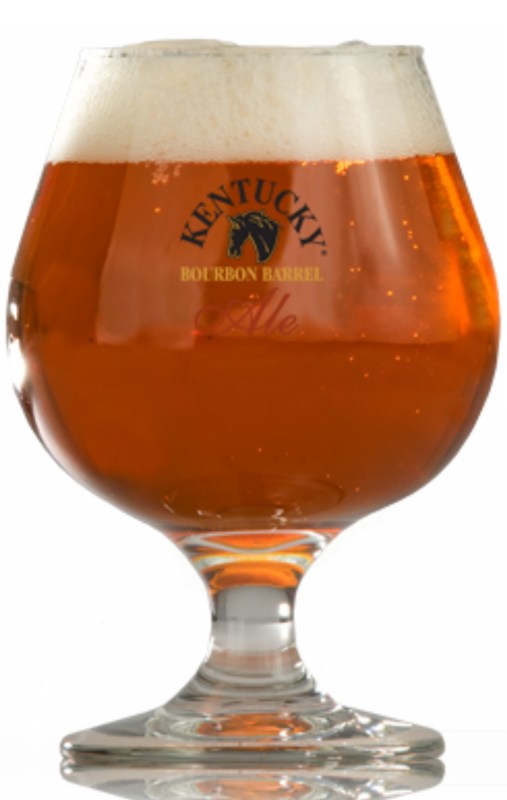
Hoppy is still the rage
Sorry, we were hoping to have some groundbreaking, earth-shattering beer news for you. But most breweries and beer drinkers are still pushing their beloved IPAs. Not a bad thing, we loved Southern Tier’s Indian Pale Ale from Lakewood, New York. Hints of pine and citrus make for a medium-bodied, crisp blend.
Bourbon+ Beer = Yum
Kentucky Ale brews up a fantastic bourbon barrel aged beer that drew long lines throughout the night. Though bourbon aged ale isn’t brand new – Kentucky Ale began selling theirs five years ago – they do have an edge over the competition: Kentucky Ale gets their barrels from the Woodford Reserve Distillery immediately after the whiskey has been emptied. Such fresh barrels make for a smooth, easy-to-drink brew with a delicious bourbon finish.
Crabbie’s secret recipe is working
Located at the front of the house, Crabbie’s was a big hit among summit-goers. Served over ice with slices of lime, the Scottish brewery makes its ginger beer from four “secret ingredients” and ginger that has been steeped for up to eight weeks. It is a sweet, pleasant break from the hops and malts traditionally being served. Chris Comerford of Leominster, Massachusetts, who attends the beer summit every year, was a fan of Crabbie’s recipe, “It’s delicious and refreshing to see something so different.”
Beer and coffee go together surprisingly well
Peak Organic’s espresso amber ale was another favorite this year. As the first company in the U.S. with a fair-trade certified beer, they’ve made a fun roasted brew with espresso beans from Coffee by Design. Plus it tastes great with salty foods like those necklaces made entirely out of pretzels.
Editors' Recommendations
- From $350 to $1,399: The 5 best outdoor pizza ovens in 2024
- Pro tips from Chef Eduardo Garcia for cooking outdoors like a true mountain man
- Mezcal service is the latest great import from south of the border
- Le Creuset sale: Stoneware and accessories from $13
- How to make hard apple cider from the comfort of your home


